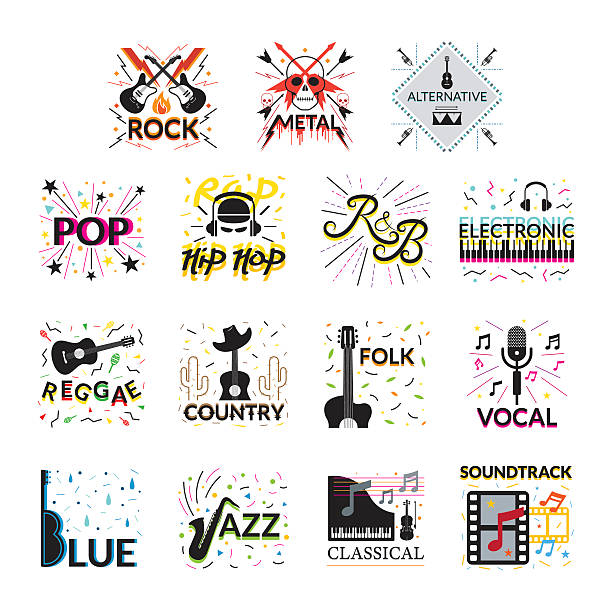With so many instruments, and so many music genre choices, where do you begin? If you’re looking to take up an instrument, and start playing, you might want to choose the instrument based on your genre choices.
Music is a diverse and dynamic art form that spans across cultures, genres, and styles, each with its unique sonic palette and instrumentation. From the twang of a guitar in rock music to the rhythmic beat of drums in hip-hop. The choice of instruments plays a crucial role in shaping the sound and identity of different music genres.
1. Guitar
Genres: Rock, Pop, Blues, Country
The guitar is one of the most versatile and widely used instruments in contemporary music. In rock and pop music, electric guitars are often featured prominently, providing driving rhythms, melodic hooks, and powerful solos. In blues and country music, acoustic guitars are prevalent, lending their soulful tones and twangy melodies to heartfelt ballads and upbeat tunes.
2. Drums
Genres: Rock, Pop, Hip-Hop, Jazz
Drums are the heartbeat of many music genres. Providing rhythm, groove, and energy to the music. In rock and pop music, drum kits are typically used to create driving beats and dynamic percussion patterns. In hip-hop, drums play a central role in shaping the genre’s signature rhythms and grooves, often featuring sampled drum breaks and programmed beats.
Within jazz, drums contribute to improvisational jams and syncopated rhythms, driving the music forward with their expressive playing. Drums are therefore used in quite a variety of genres. They offer something extra. A good beat that other instruments can join in with and allows listeners to tap their feet along to the music.
3. Piano
Genres: Classical, Jazz, Pop, R&B
The piano is a versatile and expressive instrument that is widely used across a variety of music genres. In classical music, pianos are featured in solo performances, chamber music, and orchestral compositions, showcasing their range and versatility. In jazz, pianos are essential for improvisational solos, harmonic accompaniment, and rhythmic comping.
When it comes to pop and R&B music, pianos provide melodic hooks, harmonic support, and emotional depth to ballads and anthems. Typically, you won’t hear a piano in a song that is heavy and loud because that just isn’t the type of music you get from a piano. In genres like classical and jazz, you will often hear a lot more of the piano, too.
4. Bass Guitar
Genres: Funk, Reggae, R&B, Metal
The bass guitar is the backbone of many music genres, providing the foundation and groove that underpins the music. In funk and reggae music, bass guitars are known for their deep, funky basslines that drive the rhythm and get listeners moving. In R&B and soul music, bass guitars provide smooth, melodic grooves that complement the vocal melodies and harmonies.
Within metal music, bass guitars contribute to the genre’s heavy, aggressive sound, adding depth and power to the music. They’re loud and overpowering sometimes. However, despite saying this, they add a fantastic addition to songs that are designed to be loud and powerful. They bring the main element to the music and are hard to ignore.
5. Synthesizer
Genres: Electronic, Dance, Pop, Ambient
Description: Synthesizers are electronic instruments that generate and manipulate sound through electrical signals, allowing for a wide range of sonic possibilities. In electronic and dance music, synthesizers are used to create pulsating basslines, lush pads, and futuristic soundscapes that define the genre’s signature sound.
In pop and ambient music, synthesizers provide atmospheric textures, ethereal melodies, and dreamy soundscapes that evoke mood and emotion. You’ll find a synthesizer in EDM (electronic dance music) as well as other genres that rely on sound over lyrics. These are often songs you can dance along to and become catchy.
The choice of instruments plays a crucial role in shaping the sound and identity of different music genres, contributing to their unique sonic landscapes and artistic expressions. From the driving rhythms of drums in rock music to the soulful melodies of pianos in jazz, each instrument brings its own timbre, texture, and character to the music.
Enriching the listening experience and captivating audiences around the world. By understanding the associations between instruments and genres, musicians and listeners alike can deepen their appreciation for the diverse and dynamic world of music. It can help people get a better understanding of where they might fall into the music world.




